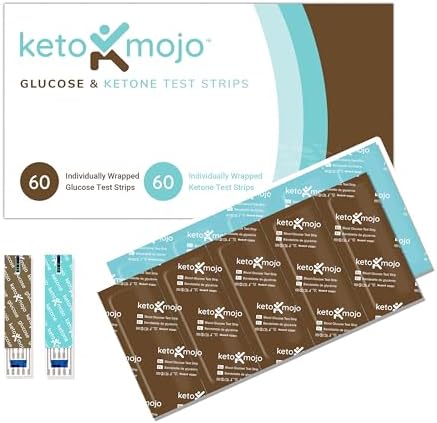Dirty Keto Diet Plan: Simplifying High-Fat Low-Carb Meals
This post may contain affiliate links. If you purchase through these links, I may earn a small commission at no extra cost to you. LEARN MORE.
The Dirty Keto diet offers a unique twist on the popular ketogenic eating style, focusing less on food quality and more on macronutrient tracking.
It allows for flexibility and convenience by incorporating processed and packaged foods that fit the low-carb, high-fat criteria.
This adaptation is appealing to those who seek to enjoy a keto lifestyle without the strict adherence to whole foods emphasized in clean keto.
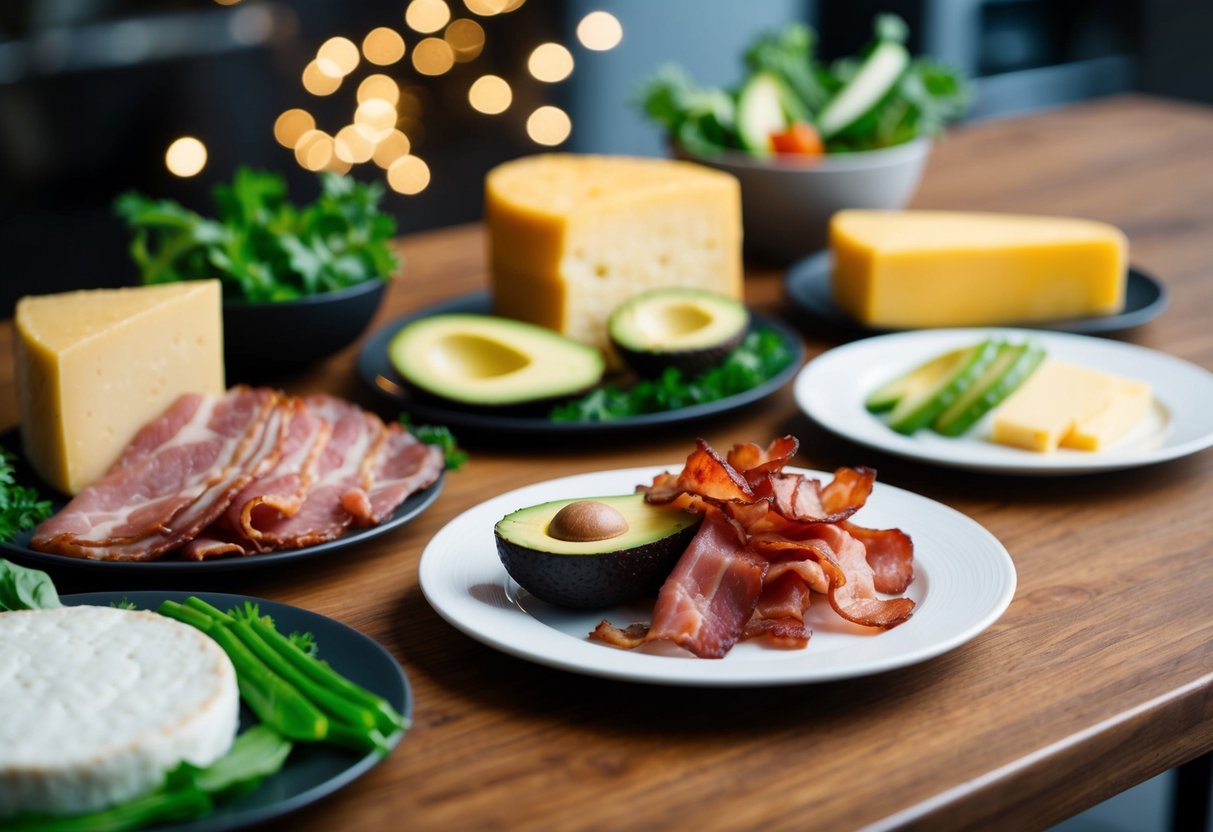
Launching a journey into Dirty Keto can be both intriguing and rewarding.
By permitting indulgence in convenience-based eating, adherents can maintain a ketogenic state while enjoying a wider variety of foods.
While this can ease the transition into a keto lifestyle for many, a balance must be struck to ensure long-term success and health benefits.
The Dirty Keto diet can cater to busy individuals looking to achieve ketosis without dedicating time to meal preparation and planning.
Guides and meal plans are available to help integrate this approach effectively, making it accessible for those seeking to reduce carbs while maintaining ease in dietary choices.
Key Takeaways
- Dirty Keto is a relaxed version of the keto diet with less focus on food quality.
- It offers flexibility with processed low-carb foods to fit dietary goals.
- Success in Dirty Keto depends on balancing convenience and nutritional needs.
Understanding the Dirty Keto Diet
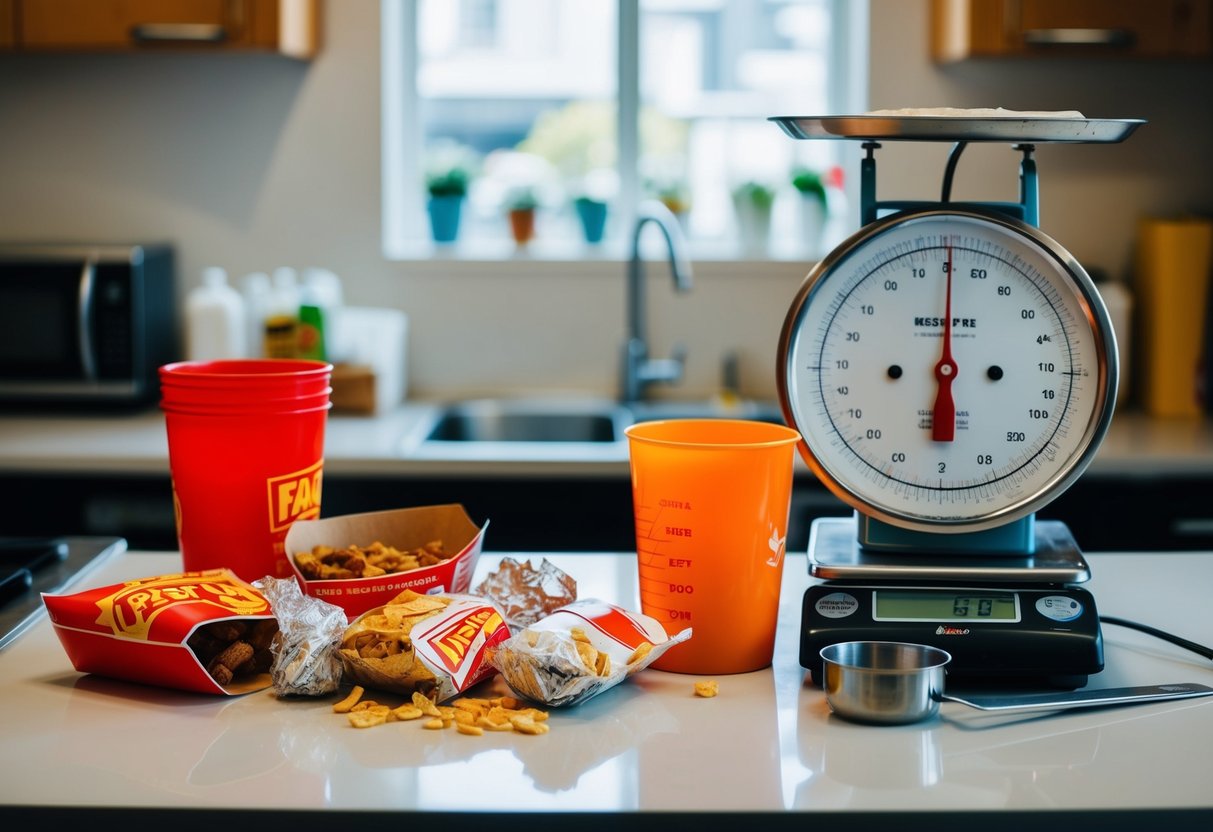
The dirty keto diet offers an alternative approach to the traditional ketogenic lifestyle by focusing on macronutrient ratios rather than food quality.
It provides flexibility in meal choices, allowing for a wider range of foods including processed ones.
This section explores the concept and distinctions between clean and dirty keto diets, as well as their pros and cons.
Defining Dirty Keto
Dirty keto adheres to the standard keto macronutrient breakdown—approximately 70-75% fat, 15-25% protein, and 5-10% carbohydrates.
Unlike clean keto, which emphasizes nutrient-dense foods, dirty keto allows for processed and convenience foods.
This includes items like fast food and sugar-free snacks, making it appealing for those seeking easier meal preparation without sacrificing ketosis.
The main focus is on maintaining ketosis, where the body burns fat for energy instead of carbohydrates.
This differs from clean keto, which prioritizes the health benefits of whole, natural foods like avocados, nuts, and grass-fed meats.
While dirty keto is more lenient, it may lack the nutritional benefits found in cleaner eating plans.
Comparing Clean and Dirty Keto
Clean keto emphasizes whole foods and healthy fats, encouraging a broader intake of nutrients. It minimizes processed items in favor of fresh vegetables, quality meats, and oils.
This approach aims to support overall health as well as weight loss, often leading to improved long-term outcomes.
In contrast, dirty keto focuses solely on hitting macronutrient targets, allowing more processed options.
While this flexibility can be convenient, it may also result in increased intake of unhealthy trans fats and additives.
Thus, dirty keto may not provide the same level of long-term health benefits associated with cleaner eating practices.
Pros and Cons of Dirty Keto
Pros:
- Flexible food choices
- Easier to maintain for beginners
- Convenient for those with busy lifestyles
Cons:
- Potential for lower nutrient intake
- May lead to adverse health effects like constipation due to lower fiber intake
- Possibly higher in unhealthy fats and additives
Dirty keto can be a helpful entry point for those new to keto, yet careful consideration of potential drawbacks is essential.
While it offers convenience, maintaining a balanced approach by incorporating some nutrient-dense foods can help mitigate negative effects on health.
Starting Your Dirty Keto Journey

Embarking on a dirty keto journey involves flexibility while maintaining macronutrient ratios.
This approach can simplify dietary transitions and accommodate various food preferences while following a low-carb, high-fat diet.
Preparing for Dirty Keto
Preparing for a dirty keto diet requires understanding the macronutrient ratios.
Aim for 70-80% of daily calories from fats, 20% from protein, and 5-10% from carbohydrates.
Tracking these ratios ensures that the body enters and maintains ketosis, the metabolic state essential for burning fat instead of carbohydrates.
Consider consulting with a healthcare professional before starting, especially if there are existing health conditions.
It’s important to get rid of high-carb temptations. Stock the pantry and fridge with keto-friendly ingredients.
Understanding the dirty keto approach can help tailor the diet to fit better with personal tastes and lifestyles.
Essential Foods and Ingredients
The dirty keto diet allows for greater flexibility with food choices.
Foods high in fats like bacon, cheese, butter, and oils are staples.
Protein sources such as eggs, sausages, and beef are favored.
Low-carb vegetables like spinach and zucchini add variety while keeping carbs in check.
A dirty keto food list might also include convenience foods like fast-food options, provided they fit within the macro guidelines.
However, it is important to remember that prioritizing easy access foods over nutrient-dense options may impact health.
Choose options with low carbs and high fats, and read labels carefully to maintain the diet correctly. Below are books and food guide for keto diet beginner.
Detailed Dirty Keto Diet Plans

The dirty keto diet aligns macronutrient ratios while permitting more relaxed food choices. Individuals can benefit from structured plans to maintain ketosis, varying in duration and customization. These plans cater to different needs, offering varied levels of commitment and dietary adaptation.
7-Day Kickstart Plan
A 7-day keto diet plan helps newcomers initiate their dietary transformation. It focuses on achieving ketosis efficiently through high-fat, low-carb meals without strict attention to food quality.
For breakfast, bacon and eggs provide a satisfying start to the day.
Lunches might include a lettuce-wrapped cheeseburger. Dinners can involve seasoned grilled chicken paired with cauliflower mash.
Snacks like cheese sticks and sugar-free jello facilitate adherence to macro targets.
The brevity of this plan aims to acclimate participants to the dietary shift, making it a useful introduction to keto principles.
60-Day In-Depth Plan
A 60-day keto diet plan delves deeper, offering prolonged engagement with dirty keto. This extended approach supports sustained habit formation and adaptation to the diet’s demands.
Participants may enjoy avocado-based smoothies for breakfast, tuna salad for lunch, and baked salmon for dinner.
Incorporating more diverse meals can include stir-fried beef with broccoli. Desserts like dark chocolate and nut butter offer a sweet, yet compliant, finish to meals.
The gradual extension of this plan encourages participants to explore more varied food choices while maintaining dietary discipline.
Customizing Your Keto Approach
For those looking to personalize their dietary experience, a custom diet plan caters to specific preferences and lifestyle needs.
Identifying personal goals, food preferences, and health considerations are key steps.
Creating personalized meal plans involves considering macro requirements and individual taste.
A personalized keto diet might include a rotating menu of favorite dishes, ensuring flexibility.
Incorporating convenience foods like pre-cooked meats and low-carb wraps facilitates adaptation.
This tailored approach emphasizes achieving a sustainable and enjoyable keto lifestyle, offering guidance for long-term dietary success.
Achieving Results with Dirty Keto
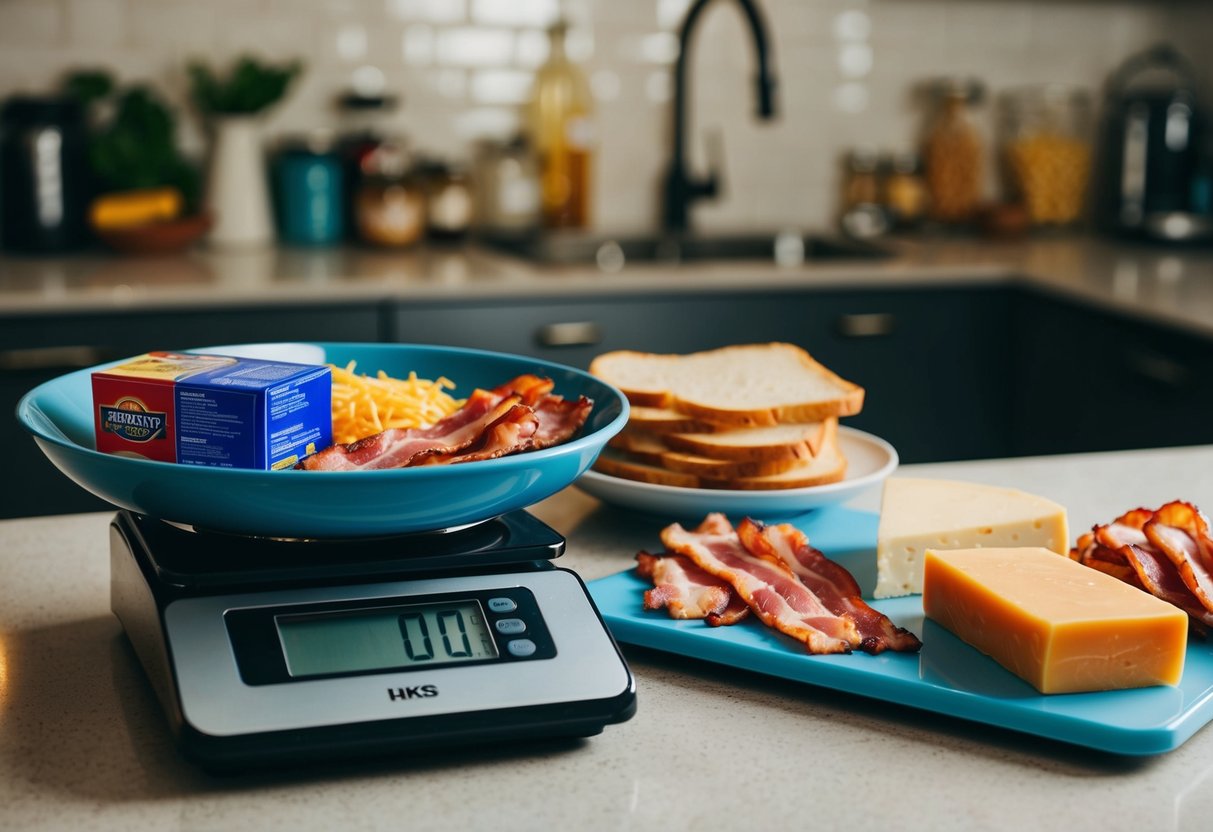
The Dirty Keto Diet focuses on maintaining low carb and high fat intake without stressing food quality. Tracking and adjusting progress can aid weight loss. Several challenges can arise, but practical solutions are available.
Tracking Your Progress
Monitoring progress is crucial when following the Dirty Keto Diet.
Regularly checking ketone levels can help ensure the body is in ketosis.
Tools like ketone strips or meters are handy for this purpose.
It’s also beneficial to keep a food diary. This practice helps in identifying eating patterns and maintaining the appropriate macronutrient ratio.
Weight loss can be a motivating factor, but it’s important to focus on body measurements and how clothing fits as well. These methods can provide a clearer picture of physical changes.
Check out these tools to help to monitor your weight loss journey.
Common Challenges and Solutions
Adopting a Dirty Keto Diet can bring about some challenges.
One common issue is the temptation to indulge in highly processed foods. While the diet allows flexibility, it’s wise to choose higher-quality foods when possible to avoid feeling sluggish.
Keto flu can occur when transitioning into ketosis. Symptoms like headache or fatigue are common.
Drinking plenty of water and ensuring adequate electrolyte intake, such as sodium, potassium, and magnesium, can alleviate these symptoms.
Another challenge might be maintaining motivation with visible results. Seeing progress in one’s physical appearance, such as through “before and after” comparisons, can boost motivation. Being consistent and patient are key.
Diversification and Sustainability
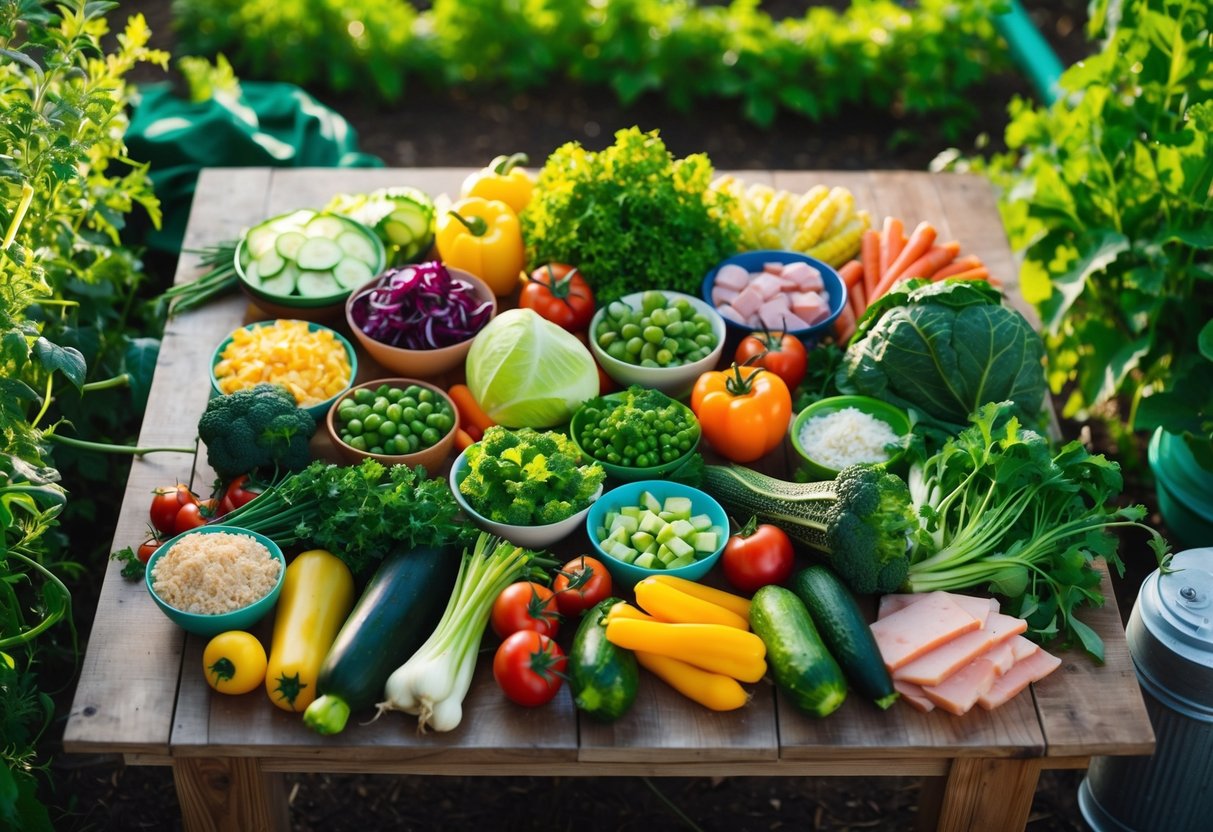
A diversified dirty keto diet plan can help keep the experience both enjoyable and easier to sustain over the long term. By introducing variety and maintaining nutritional balance, individuals can better adhere to the diet and continue to experience its benefits.
Incorporating Variety in Your Diet
Incorporating variety is essential to make dirty keto sustainable.
This approach involves using a wide range of keto diet meals, catering to different taste preferences and nutritional needs.
A keto diet menu can include diverse protein sources such as beef, poultry, and fish while varying vegetable options like broccoli, spinach, and avocado.
A way to enhance the variety is through creative keto diet recipes. They can transform typical ingredients like cauliflower into mashed potatoes or pizza crusts.
Utilizing herbs and spices adds flavor without extra carbs. Meal planning ensures you rotate your meals, reducing dietary monotony and promoting adherence.
Trying new dishes from different cuisines keeps meals exciting.
Exploring lazy keto diet options allows for convenient, diverse meals while staying within the carbohydrate limit. Regularly adapting meals ensures you meet nutritional requirements while maintaining ketosis.
Sustaining Dirty Keto Long-Term
Sustaining a dirty keto diet requires a balance between convenience and nutrition.
This diet emphasizes high-fat, low-carb meals, which can be achieved even with less rigorous ingredient sourcing.
Dining out becomes easier by choosing dishes that align with keto principles, such as grilled meats with non-starchy vegetables.
Consistency in tracking macronutrients helps maintain dietary goals while allowing for flexibility.
Opting for keto-friendly snacks such as cheese sticks or nuts supports consistent eating habits and keeps cravings at bay.
Adjustments in portion sizes and meal frequency will be necessary to meet energy needs.
Engaging in regular health check-ins ensures the diet remains safe and effective over the long term.
By evaluating progress and making incremental changes, individuals can enjoy a sustainable and varied diet.
Frequently Asked Questions
What foods are typically included in a dirty keto meal plan?
A dirty keto meal plan often includes high-fat and low-carb foods, like fast food, processed snacks, and sugar-free drinks.
It focuses less on the quality of ingredients as long as the macronutrient ratios are maintained.
Is it possible to lose weight while following a dirty keto diet?
Weight loss can occur on a dirty keto diet, as it involves reducing carb intake and increasing fat consumption.
This can put the body into ketosis, where it burns fat for fuel, potentially leading to weight loss.
How does the dirty keto diet differ from a traditional keto diet?
The dirty keto diet adheres to the same macronutrient ratios as the traditional keto diet but allows more processed and convenience foods.
Unlike clean keto, dirty keto does not prioritize whole, unprocessed food sources.
Can consuming fruit fit into the dirty keto diet guidelines?
Most fruits are high in natural sugars and carbohydrates, making them challenging to fit into the strict carb limits of the dirty keto diet.
Small portions of low-carb fruits like berries may be consumed in moderation.
Is intermittent fasting compatible with a dirty keto diet?
Intermittent fasting is compatible with a dirty keto diet.
Combining fasting and keto can enhance fat burning and assist in maintaining ketosis, providing potential benefits to those following both practices.
Could the dirty keto diet affect the state of ketosis?
The dirty keto diet can maintain ketosis if the macronutrient ratios are met and carb levels remain low. However, the quality of fats and processed foods consumed might impact overall health in the long term.
Ready to Take Control of Your Keto Journey?
Whether you’re following a Dirty Keto Diet or aiming for a cleaner approach, having a personalized meal plan makes all the difference. The Custom Keto Diet Plan offers tailored guidance, delicious recipes, and structured meal plans designed specifically for your goals and preferences.




